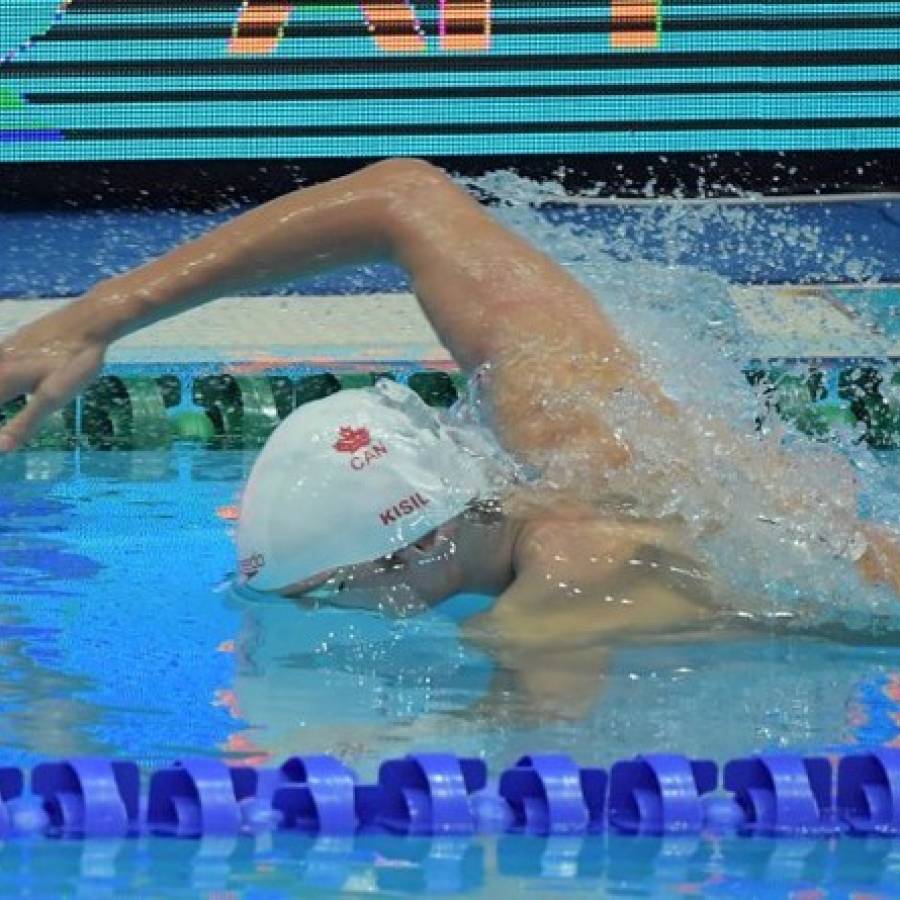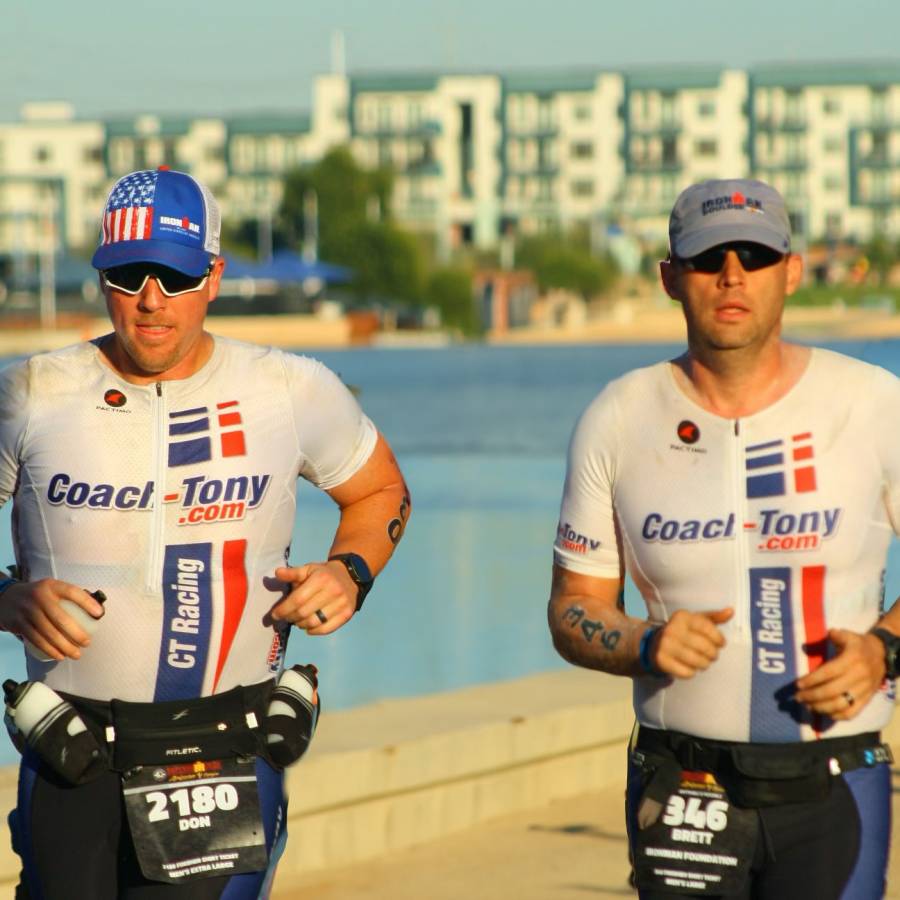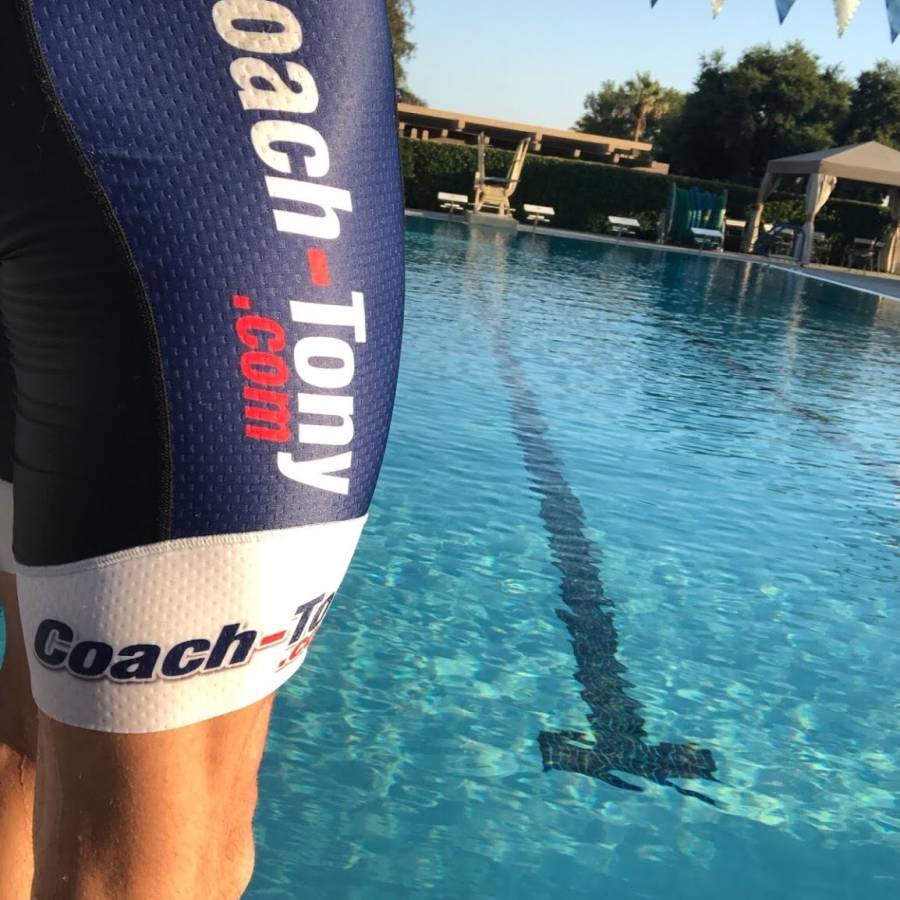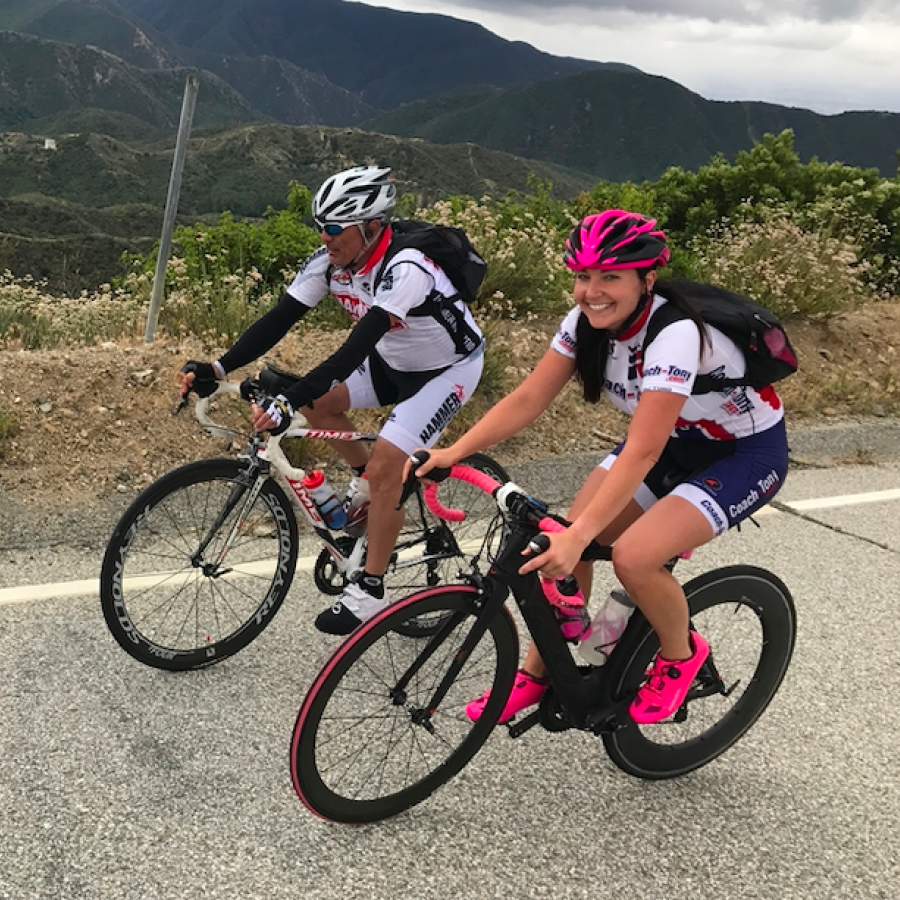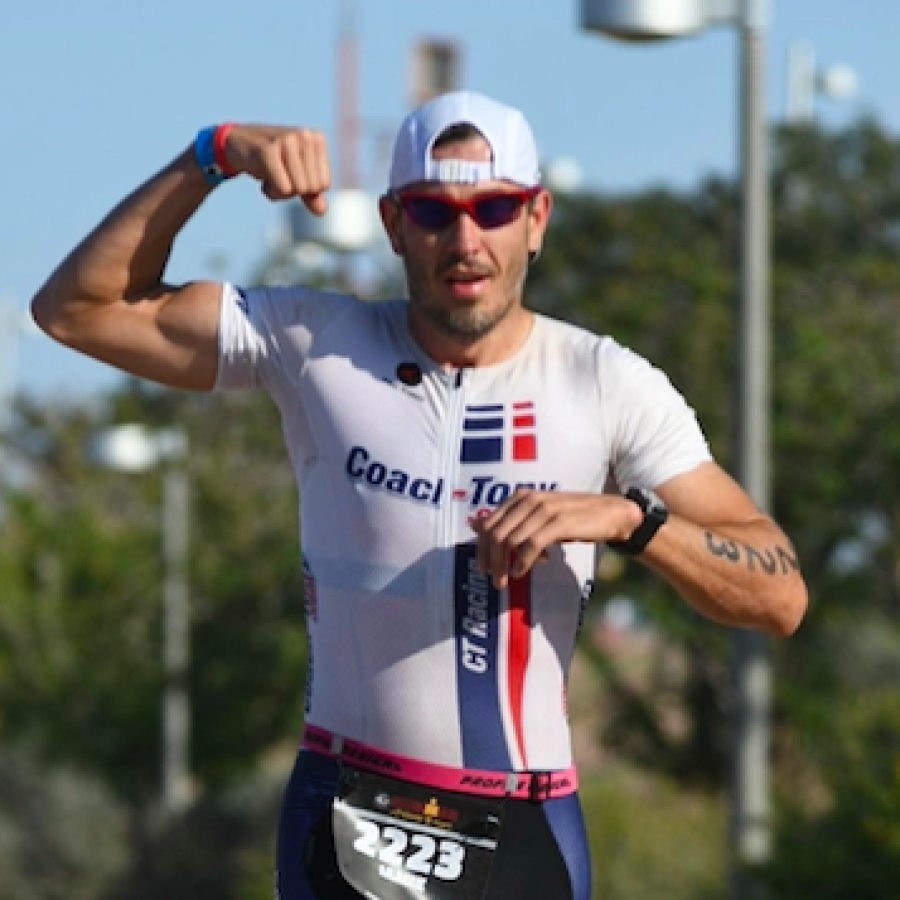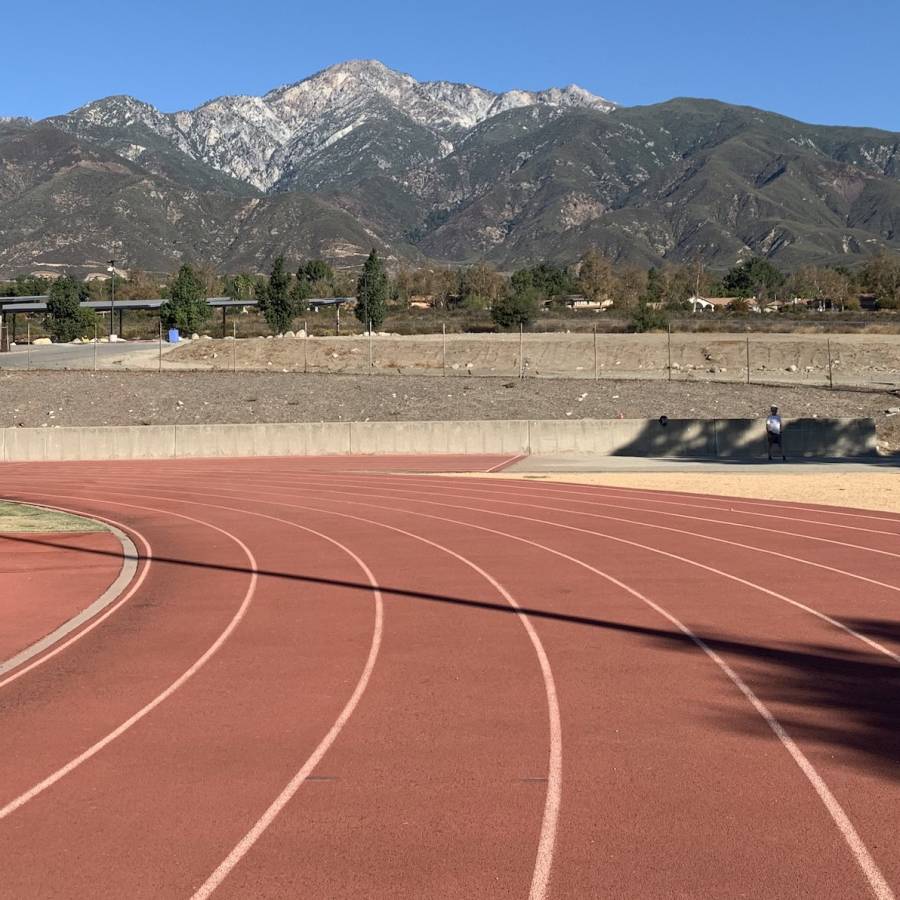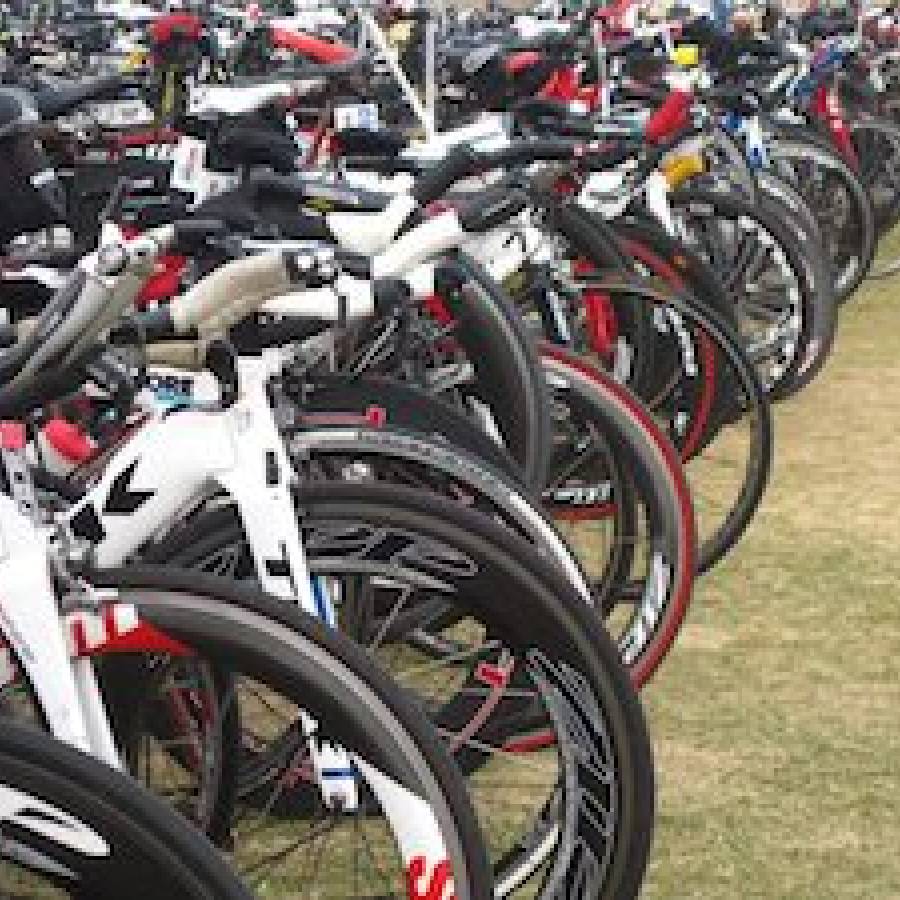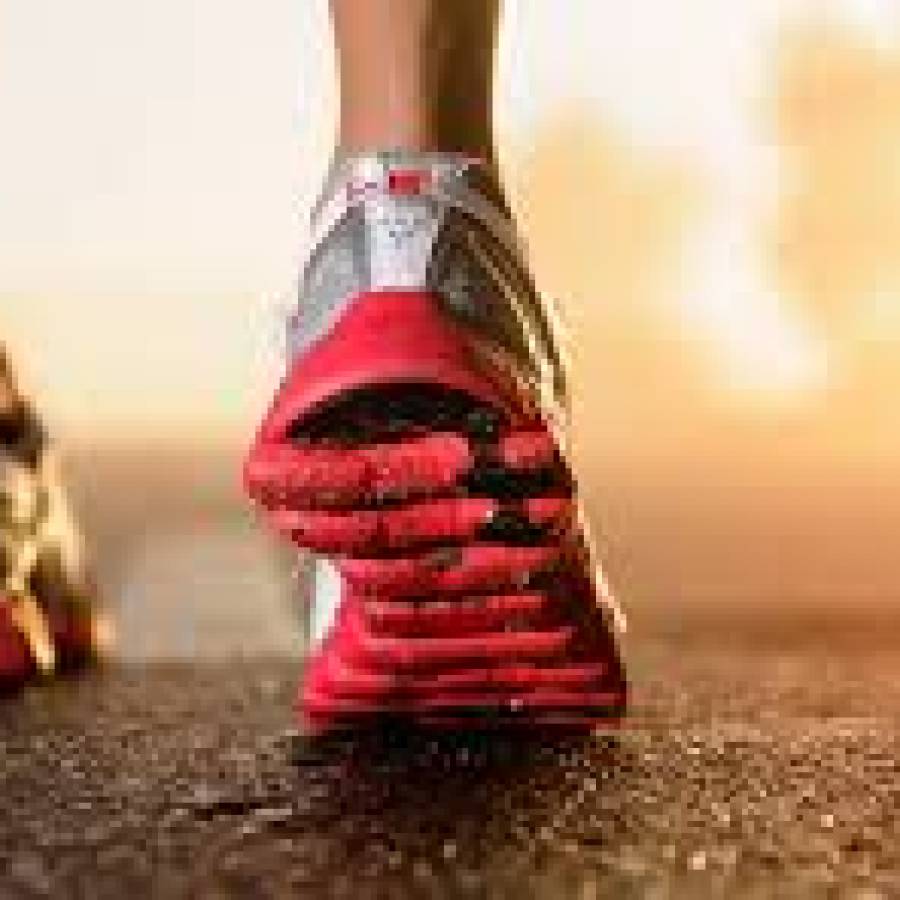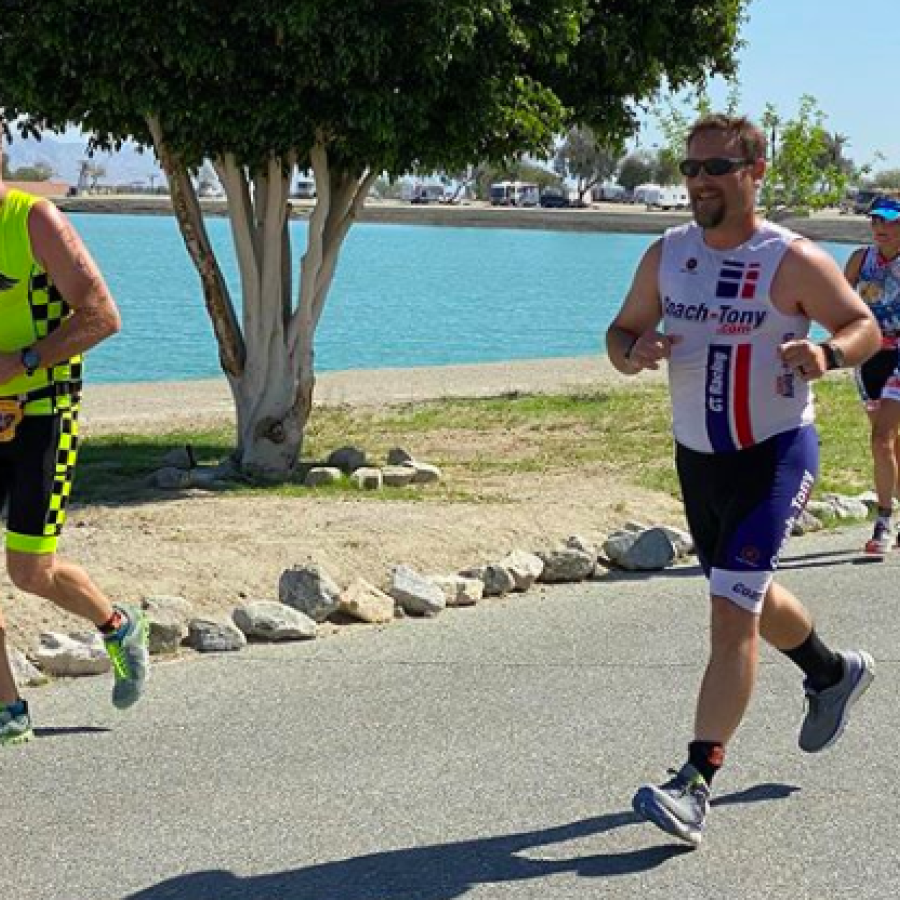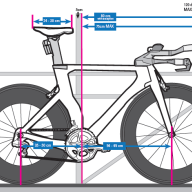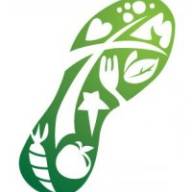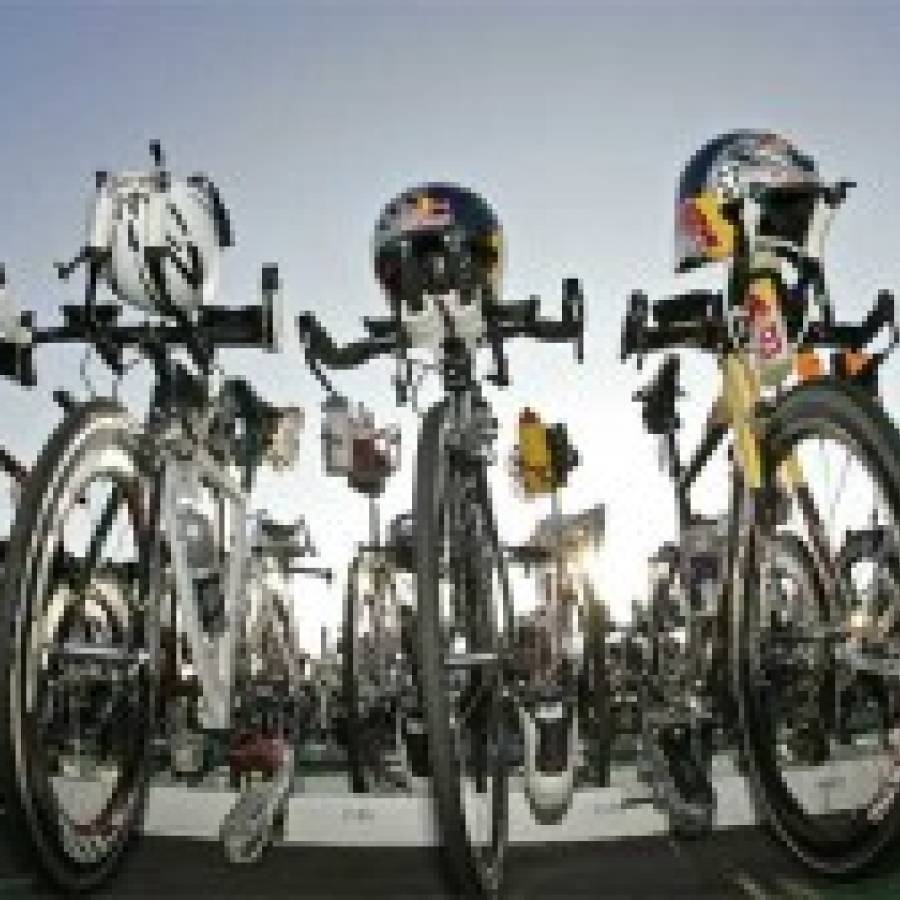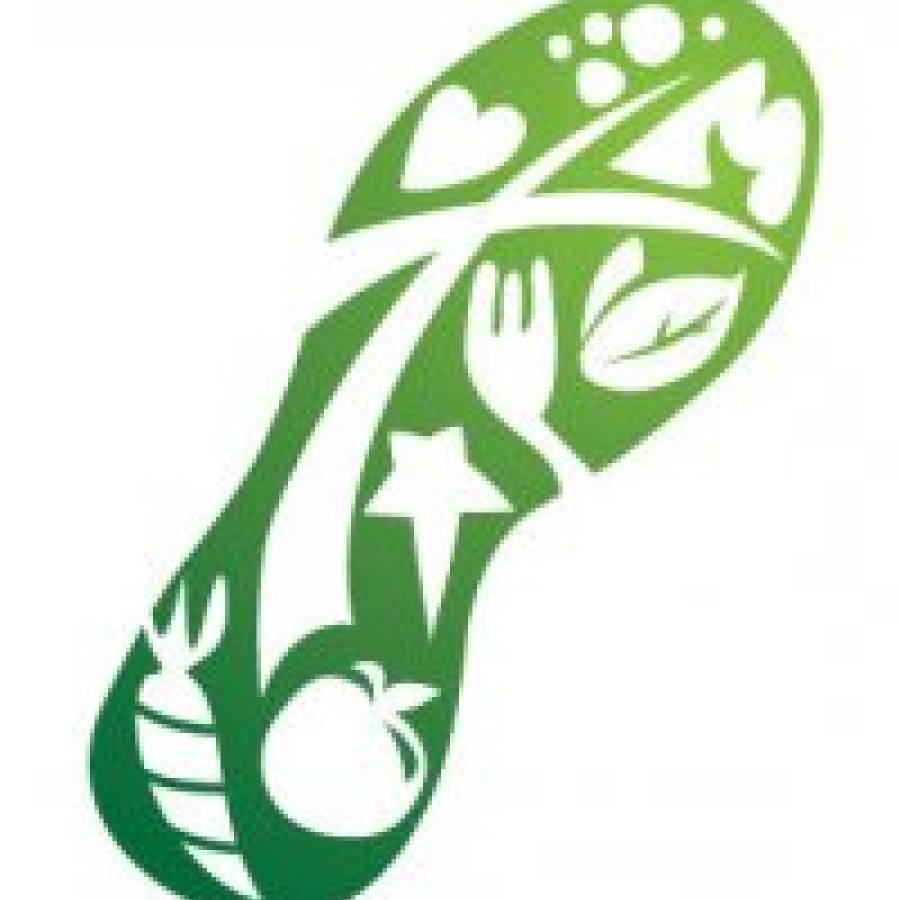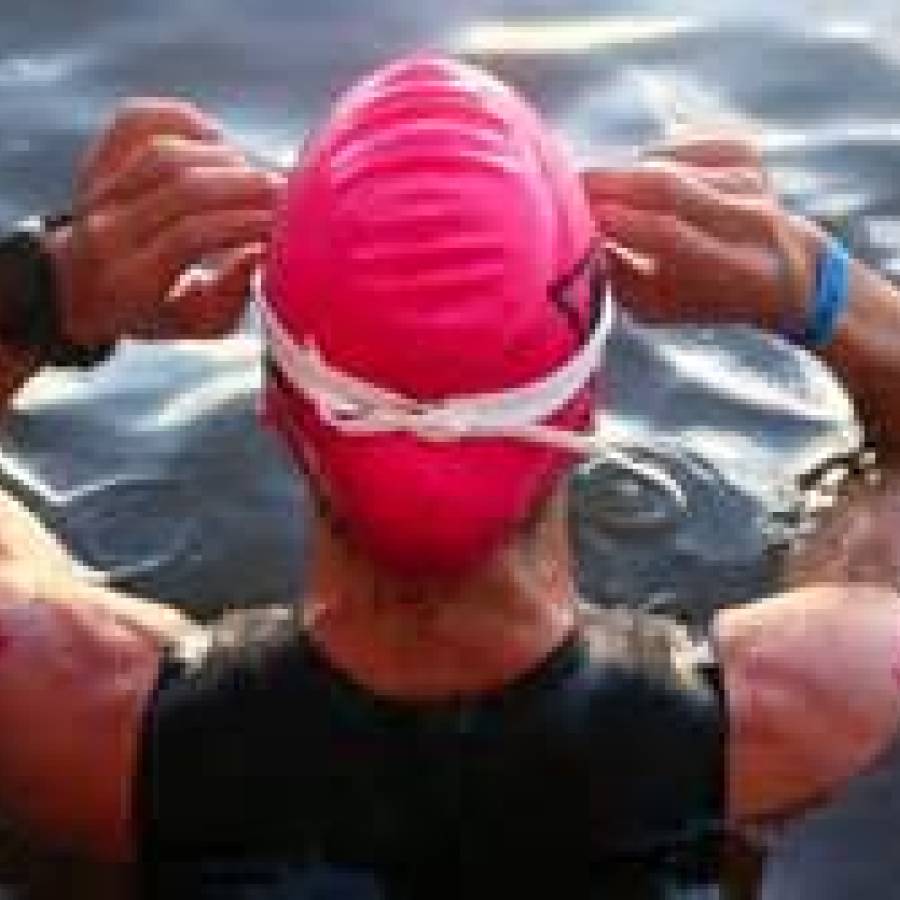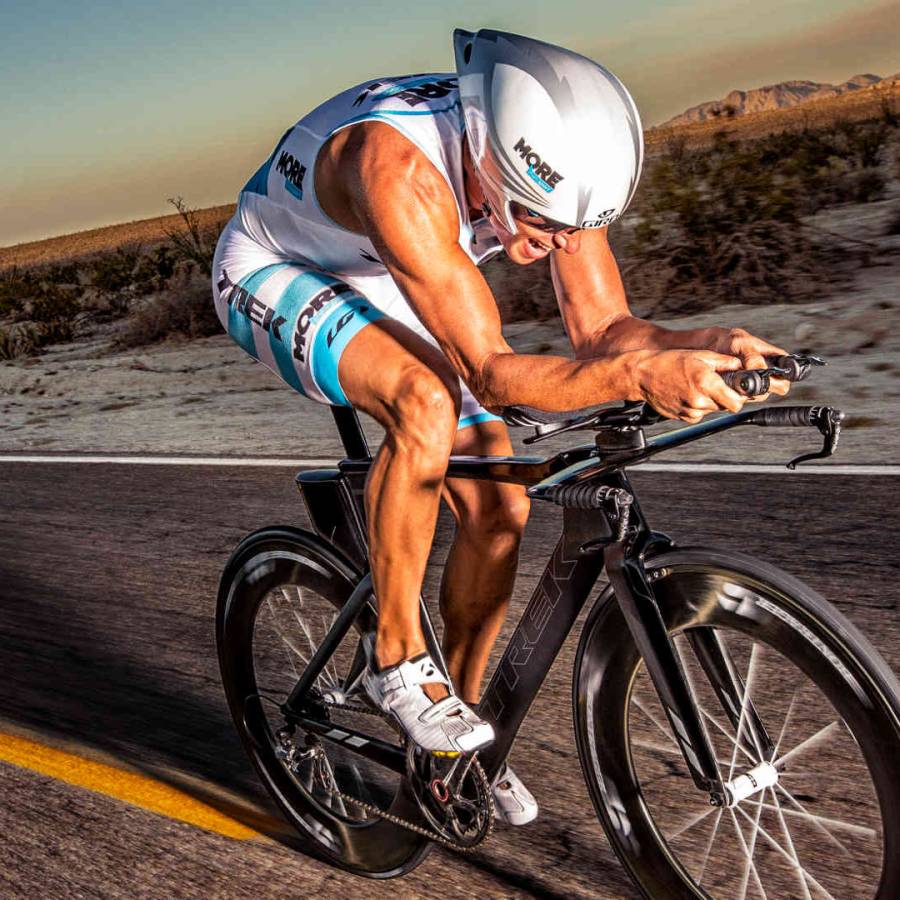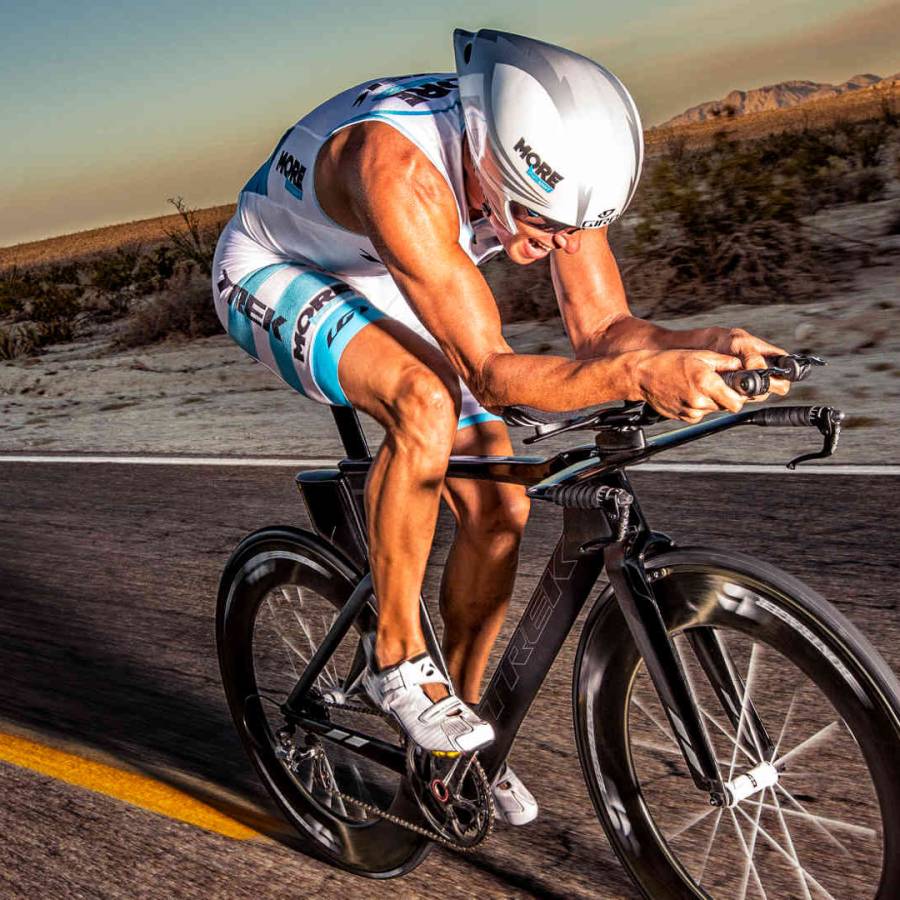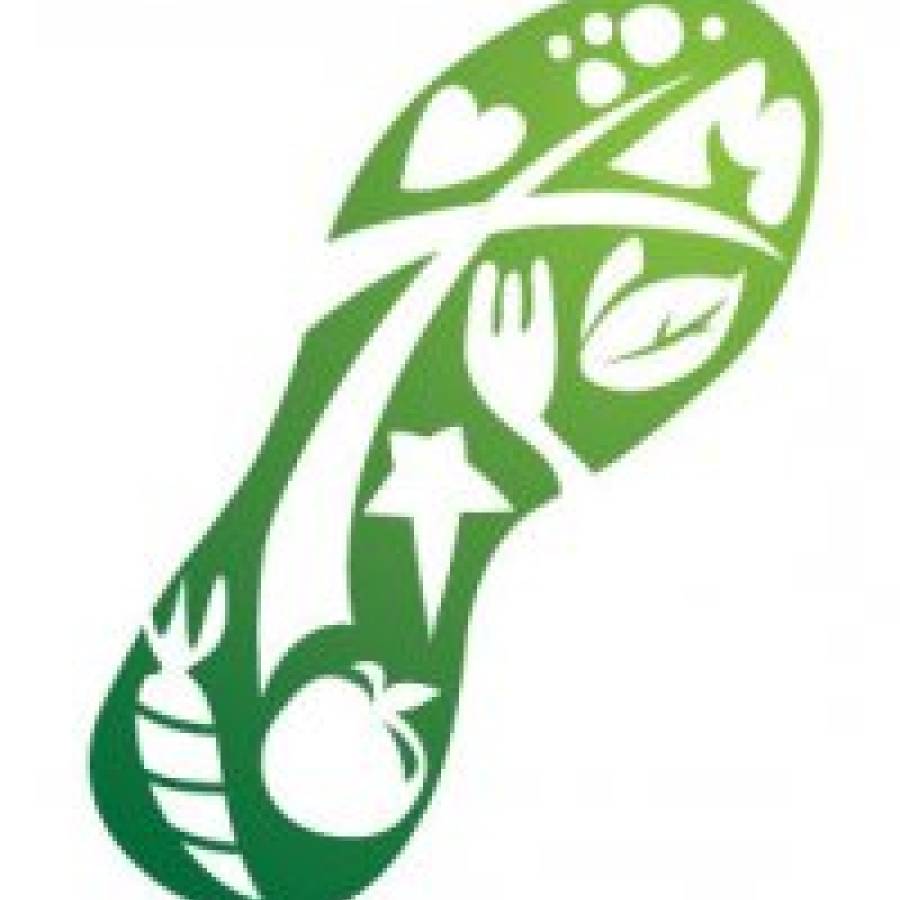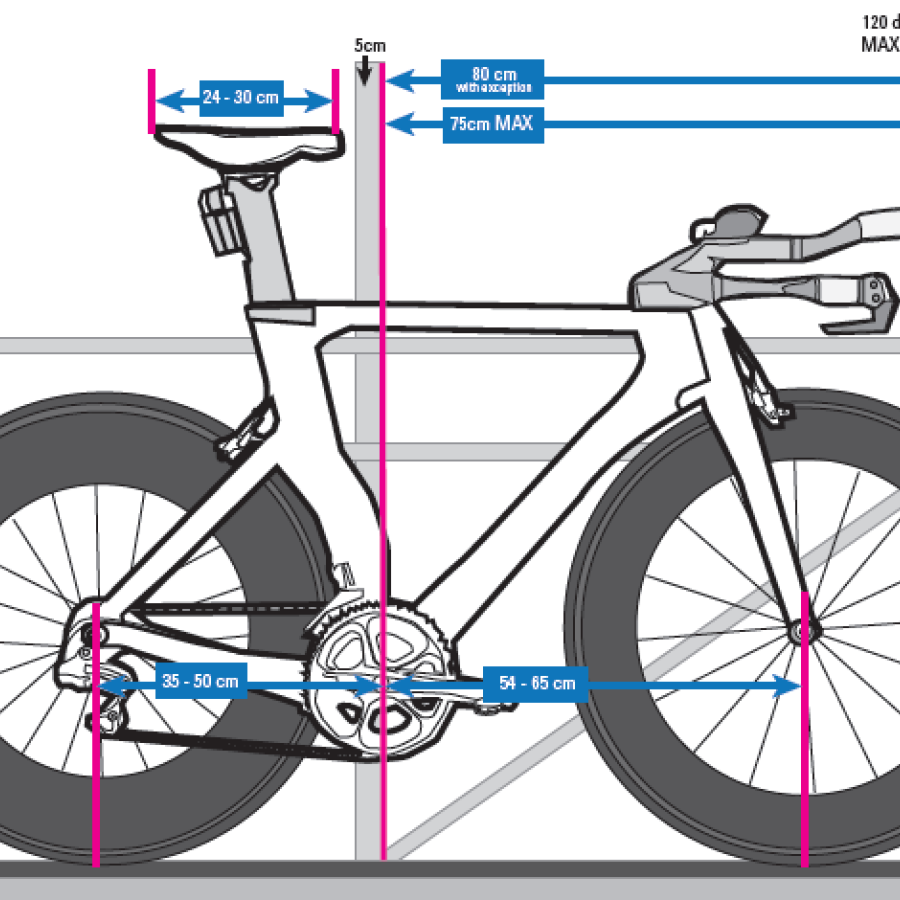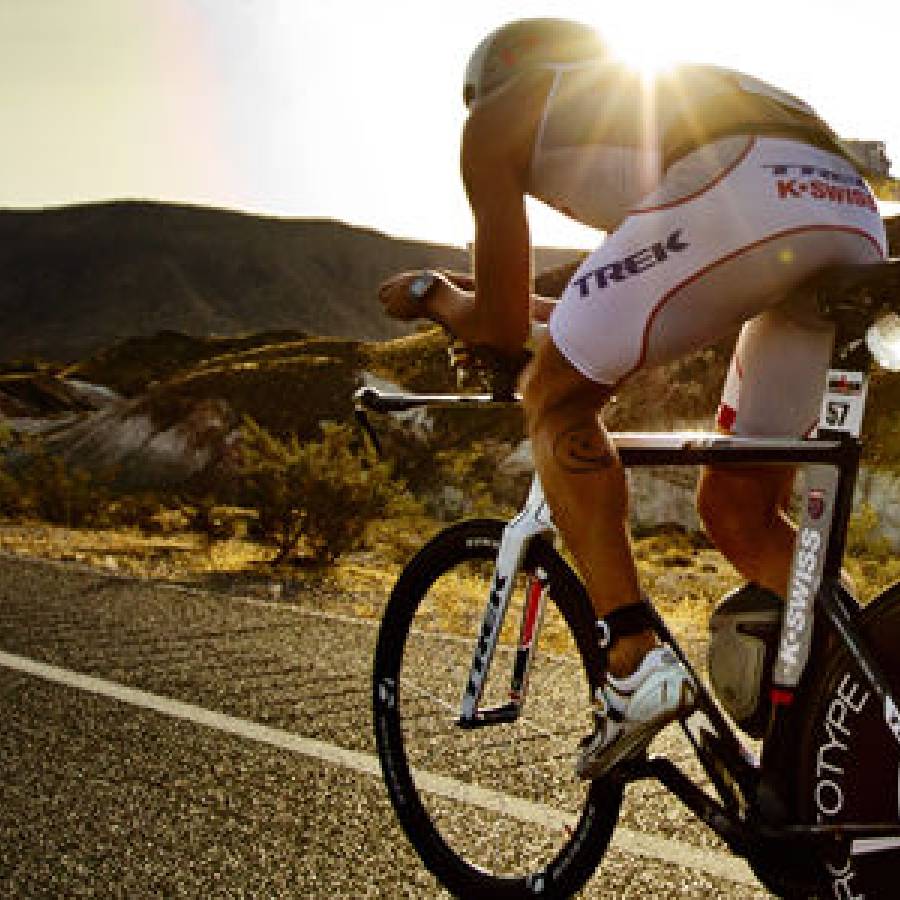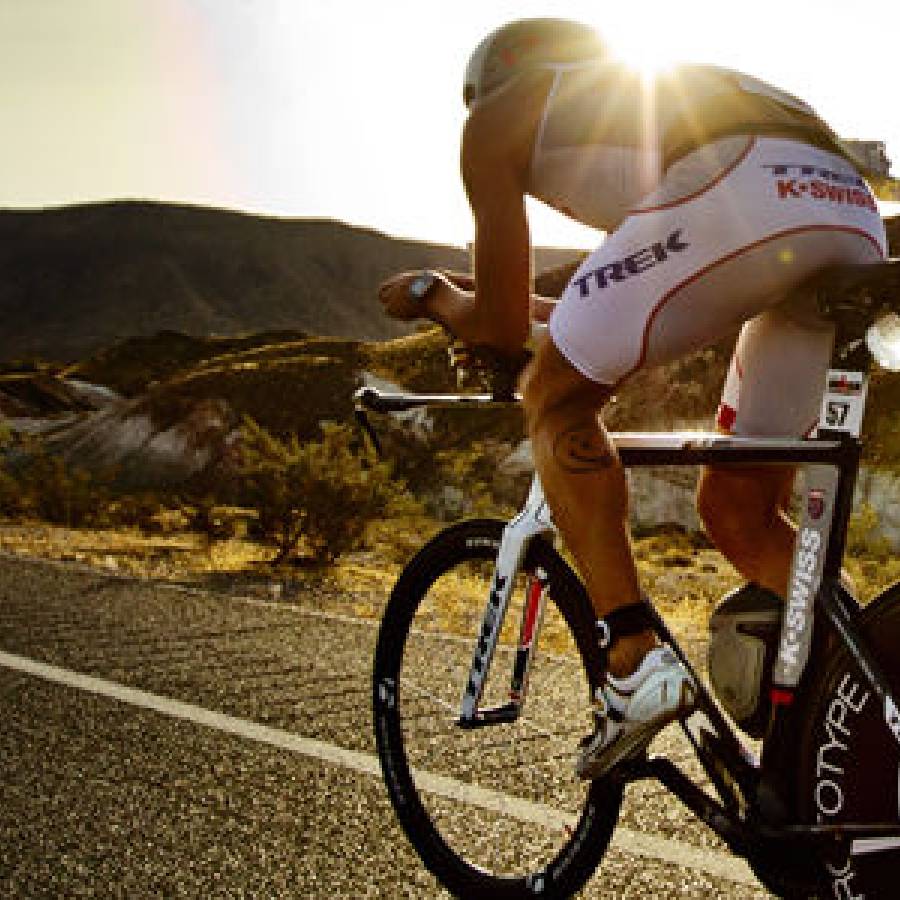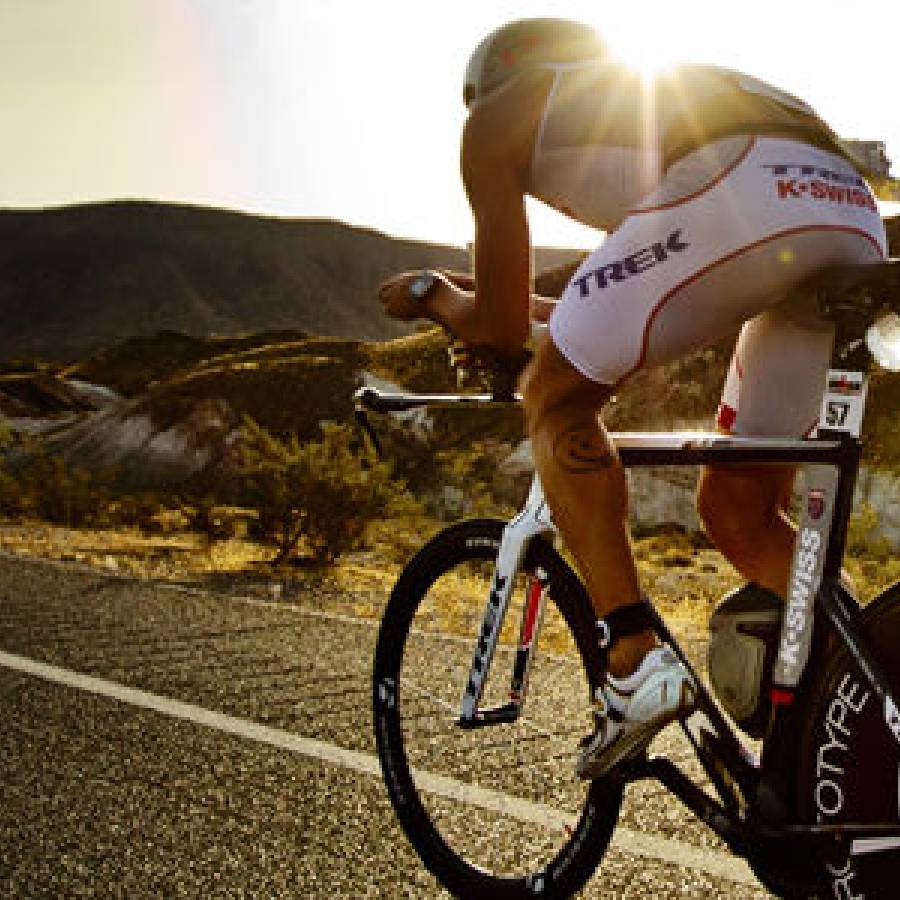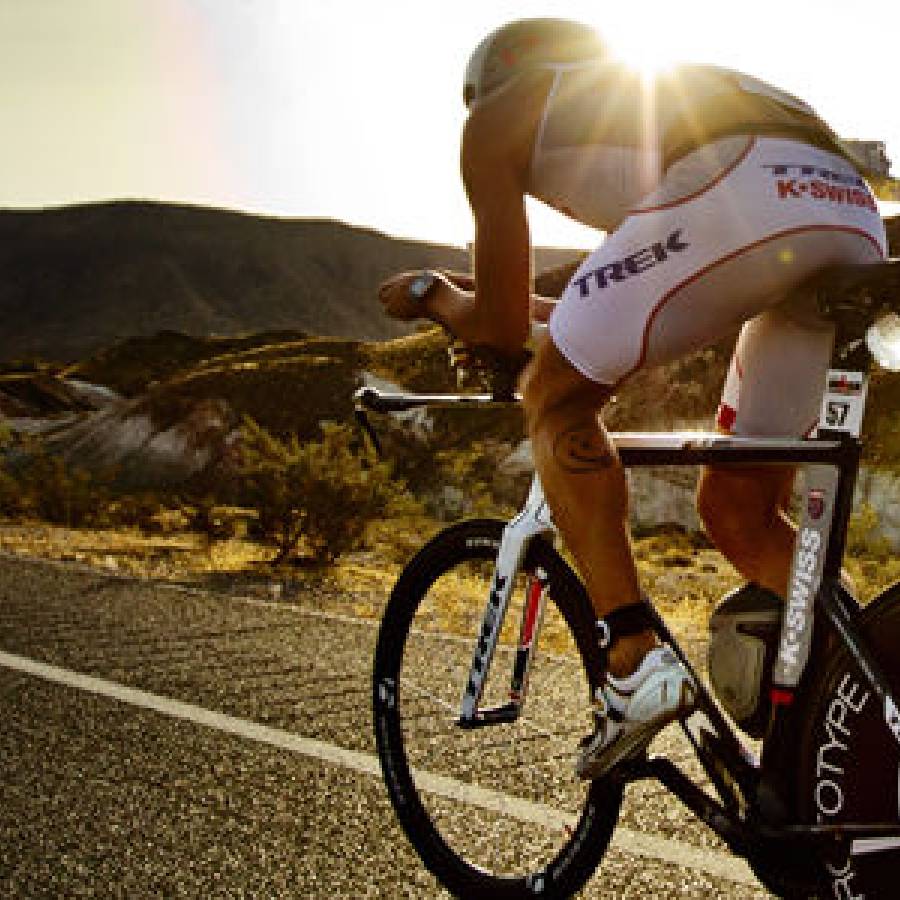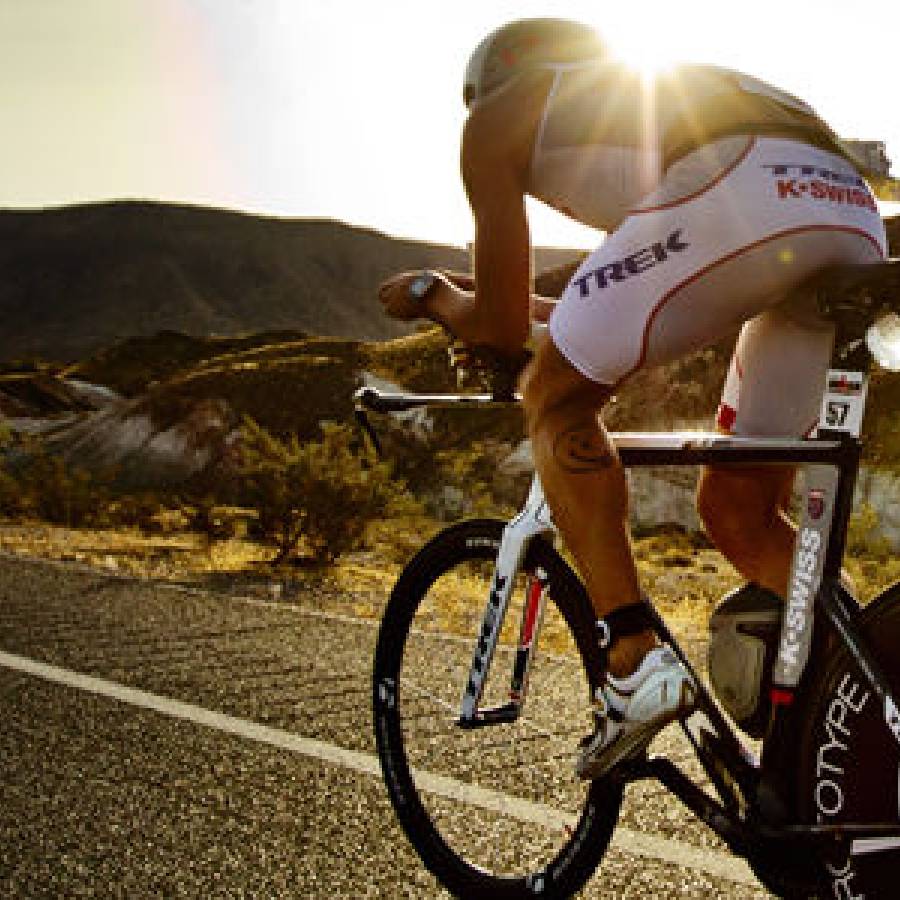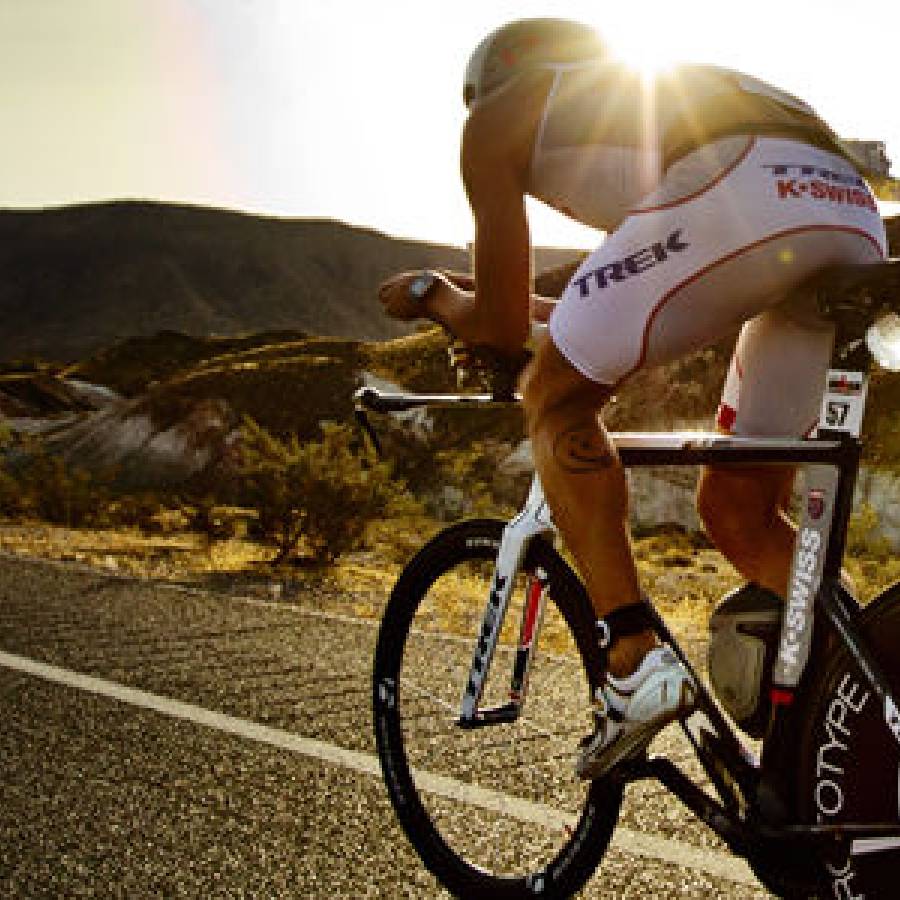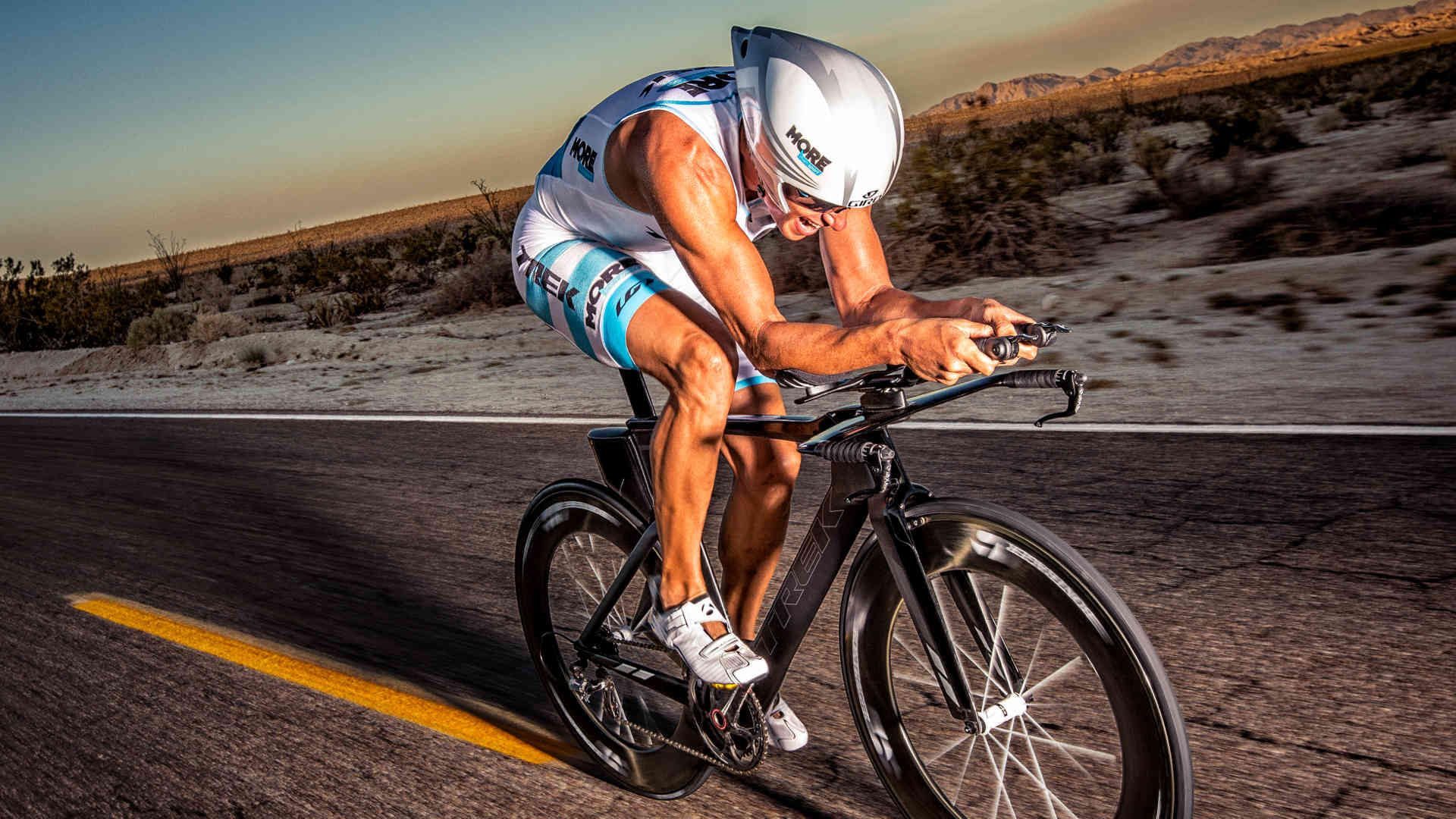 Should you train when sick? Many athletes have a problem stopping or tapering training to allow the body to recover from a cold. It’s difficult to hold back training especially when the virus hits during event specific training. So what is the rule? There is no exact rule but there are a few guidelines you should follow so that your return to good health and training is quick.
Should you train when sick? Many athletes have a problem stopping or tapering training to allow the body to recover from a cold. It’s difficult to hold back training especially when the virus hits during event specific training. So what is the rule? There is no exact rule but there are a few guidelines you should follow so that your return to good health and training is quick.
The question to train through illness, lightly train, or not train are influenced by three factors; lung capacity, fever with body aches, and/or residual effects of workouts.
LUNG CAPACITY
The lungs are the main vehicle providing oxygen into our body for everyday functions and training. When the lungs are affected by illness, the ability to clear secretions and deliver oxygen to working muscles is compromised. The ability to fight off further infections is also significantly decreased. Many think if the cold is in their throat (or out of their chest), its OK to train. Anything that prohibits oxygen intake and delivery to working muscles should be considered a reduction of lung capacity. Nagging coughs or sour throats may be considered reduction to oxygen delivery if it prohibits intake. Continuing to train with a significant cough or any wheezing will not only impair training but will likely prolong your cough and put you at risk of developing a complicating illness like pneumonia. Translation, training when your breathing is impaired will is result in poor workouts, prolong your illness and further delay ability to train.
FEVER
Fevers state the body is actively fighting off infection. Muscle aches in part is due to muscle (protein) breakdown occurring to fight the infection. Weight loss occurs following a fever producing illness. De-training is occurring during fevers, even at rest, due to lean body weight loss. De-training occurs when muscles are stressed without recovery and breakdown occurs with loss of strength and stamina. Muscle breakdown resulting from training during fever does not recover. You are simply adding to the de-training and loosing additional fitness. It can take 2-4 weeks to regain the muscle fitness lost due to sickness with fever.
RESIDUAL EFFECTS
Most colds should last between 1 and 2 weeks. If allowed, the body completes its recovery progression within this time frame. As athletes, we find ways to prolong our illness because as we train we rob the body’s ability to heal from the cold. Towards the later part of a cold we convince ourselves we are cured and commence training too soon. Look for signs the body has not sufficiently addressed the virus. You may have sufficient lung capacity to participate in a workout. However, if the residual affect of the workout is too cough throughout the remainder of the day, chances are you either worked out in at too high of a zone, too long, or too soon prolonging your illness.
GUIDELINES
How do we put this knowledge into useful guidelines? Your body is made to protect itself. These three factors are messages your body needs attention. Ignoring the signs will only prolong the problem. The general rule use to be if the illness is in the neck or above, you’re likely O.K. to train. If the illness is below the neck then you really need to rest. Effective training occurs when periods of muscle stress are followed by proper recovery so the muscle adapts and fitness improves.
Let's make this easy. The situation for illnesses below the neck such as bronchitis, flu, and significant cough, wheezing as well as fevers and significant body aches require more dramatic measures. Complete rest is optimal until all fever, body aches, wheezing and severe cough have subsided. Translation for those of you in denial = No Training!
If your illness is above the neck such as sore throat, sinus congestion or runny nose, the decision to train becomes judgmental. Low heart rate training may continue without residual effects. However, acknowledge any possible signs you may be prolonging the illness (as stated above). Refrain from high intensity training. The less your immune system has to work during an illness, the better.
RETURNING TO TRAINING
As you begin to feel better, slowly ramp up workouts at a reasonable pace. Listening to your body is of paramount importance, and taking it easy allowing recovery will ultimately speed up your return. Realize that full recovery may take 2-3 weeks. A rule of thumb to follow is that every day off may require three days of easy recovery training. So, if off 5 days then 15 days of recovery training is in order. The key point to remember is that you will feel sluggish. Attempting to push through this kind of illness because of anxiety due to missed training will only lead to poor training, poor performance, prolonged recovery, and a sense of failure.
TREATMENT
Early prognosis of a cold, flu, or virus is important because it allows you to make necessary adjustment early in the cold’s life cycle. The body needs to be allowed time to go through its recovery progression. The sooner its allowed to do so, the faster you will return to full fledged training. The opposite is also true. The more you exert yourself, the more you will prolong illness because energy is diverted away from cold recovery to training and recovering from training.
Know the body does the biggest bulk of tissue healing during sleep. The more you can sleep during a cold, the faster the body can progress through the recovery cycle. Fluids help run the recovery process more efficiently. Unfortunately, many athletes drink less, during colds increasing fatigue and body aches. Tylenol can usually handle the body aches and sore throat but if not ibuprofen can be helpful.
Eating a well balanced diet always helps. For the congestion, guaifenesin (Mucinex, Robitussin) over the counter probably works the best and has the least effects on heart rate and blood pressure. If symptoms persist or you’re not sure if your symptoms represent a cold then a trip to the doctor is in order.
The bottom line is that if you’re unlucky enough to contract the flu, rest with cessation of training is the best approach. You should drink a lot of fluids. Low heart rate training only to maintain fitness, not to gain. See your doctor to understand the extent or severity of your cd so that to adjust training accordingly.



